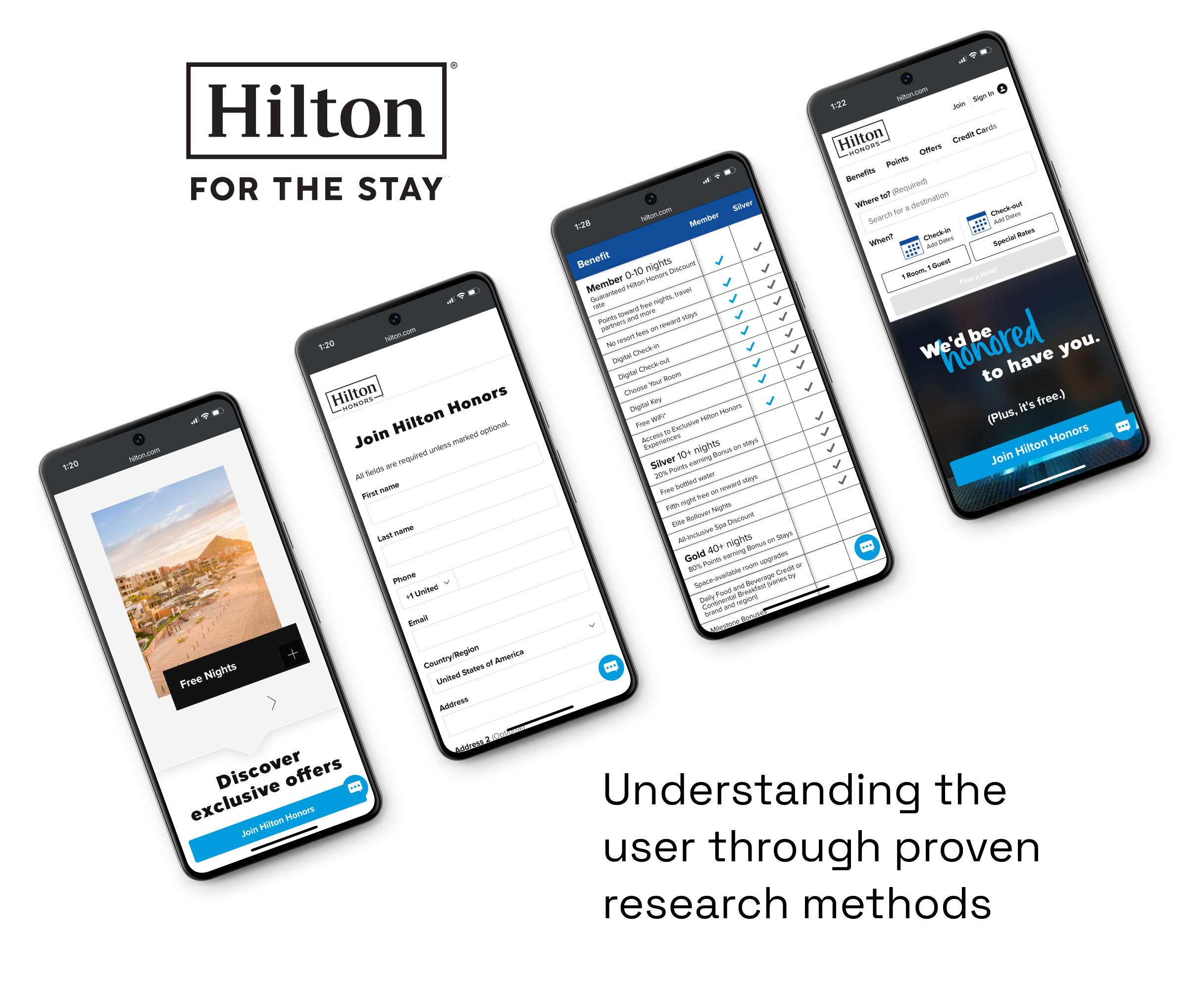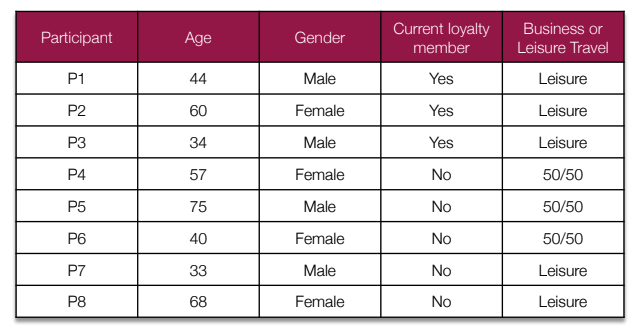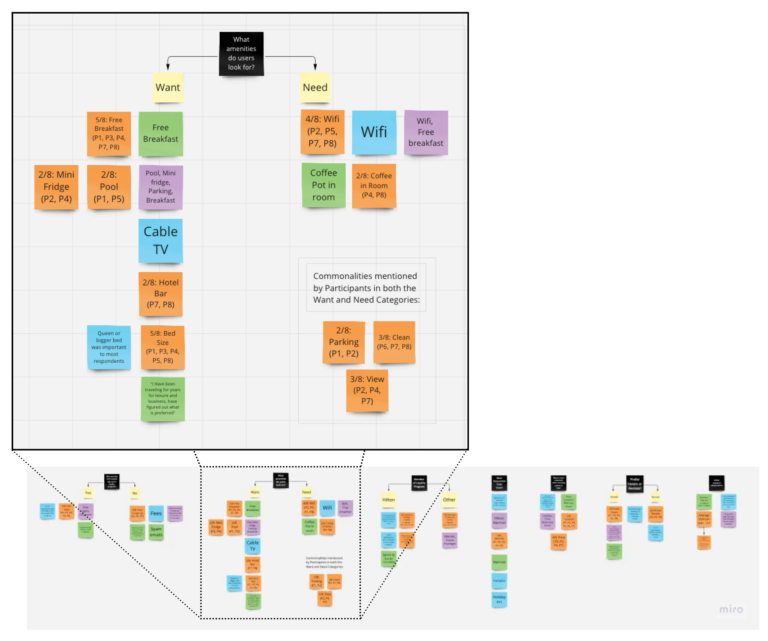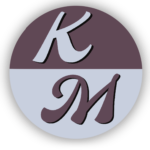
Project Overview
The challenge
With a small, remote team of four conduct user interviews to learn important details related to hotel and travel preferences.
Hilton Hotel Group presented several business goals which we then narrowed down to two priority goals – (1) increase loyalty program subscribers and (2) increase reservations among business travelers. To address these goals we needed to determine specific user needs and preferences, allowing clear-cut adaptations to be made in order to boost revenue and customer loyalty.
We then translated these goals into specific research questions.
What We Found
Participants preferred vacation rentals over hotel stays for a variety of reasons, including privacy, space, and needs like kitchens for longer stay travel.
Location was the most important factor when choosing a hotel. Participants mentioned free breakfast and WIFI most often as the amenities they desired. A large room and large bed were mentioned by most participants when describing what they looked for in a room.
Participants mentioned a variety of benefits that would encourage them to sign up for the loyalty program, and reasons they would not. Fees were mentioned often as a reason for not signing up. Free stays or discounts were reasons most mentioned likely to get a participant to sign up for a loyalty program.
My Role
Researcher and moderator
Tools
Google Apps
Microsoft Office
Video Recording Software
Timeline
Fall 2022
phase 1
define the challenge & scope
Hilton Hotel Group presented several business goals which will be addressed with user research methods. These methods will help determine specific user needs, allowing clear-cut adaptations to be made in order to boost revenue and customer loyalty.After consulting with stakeholders and members of the UX team, the following research goals were prioritized:
- Increase loyalty program subscribers
- Increase reservations among business travelers
Once the stakeholder goals were determined, specific research questions were written to elaborate on exactly what it was that researchers were looking to learn from the customers being interviewed.
The following two research questions were created based on the arrived upon goals presented above:
Research Theme 1: Why do some users join the loyalty program and others don’t?
Research Theme 2: What do business travelers look for, want, and need when evaluating properties and choosing a room to book, and why?
phase 2
identify & understand the users
METHODS
Individual interview sessions were conducted with eight separate participants both in person and remote. All sessions were recorded, and a moderator was present at each session. Four different moderators each interviewed two participants.
Participants were asked a series of warm-up questions, questions pertaining specifically to loyalty programs, and questions about their routines and preferences when traveling for business. Questions were standardized across all sessions to facilitate cohesion among participants and moderators.
DATA COLLECTION & ANALYSIS
Sessions were individually recorded and then consolidated, along with notes from each moderator into a shared document. Each moderator reviewed all recorded interviews and notes.
Once all the collected interviews and notes were reviewed the team collaborated on an affinity diagram to help organize and group the data. Several themed headings were created within the diagram under which each team member then added related interview responses and themes. This allowed researchers to better see and comprehend trends among that data set.
PARTICIPANT OVERVIEW
Participants were representative of a range of age and gender demographics, as well as travel needs and backgrounds. Participants who traveled both for leisure and business, people who were loyalty members and non-loyalty members, as well as people who were not familiar with the loyalty program at all.
To analyze the data collected after the interviews, each researcher entered the information collected from their participants into a shared spreadsheet document. We then collaborated remotely on an affinity diagram in order to group and categorize all of the data and find trends.


phase 3
Presentation of findings & recommend-
ations
Presentation of findings & recommendations
Once the data was collected, reviewed, and analyzed a report was created with an overview of the project as well as our findings and recommendations based on the original goals presented by the stakeholders. You can view the full report here.
Finally a presentation was created and presented to stakeholders remotely.

